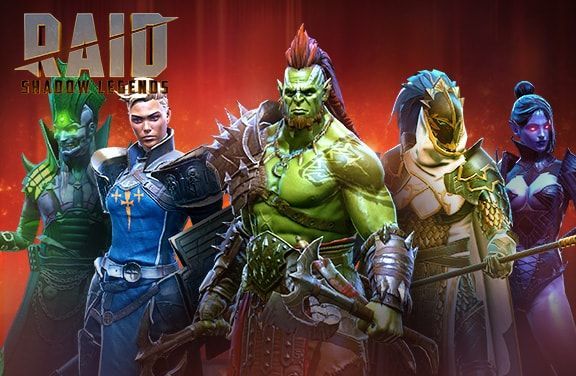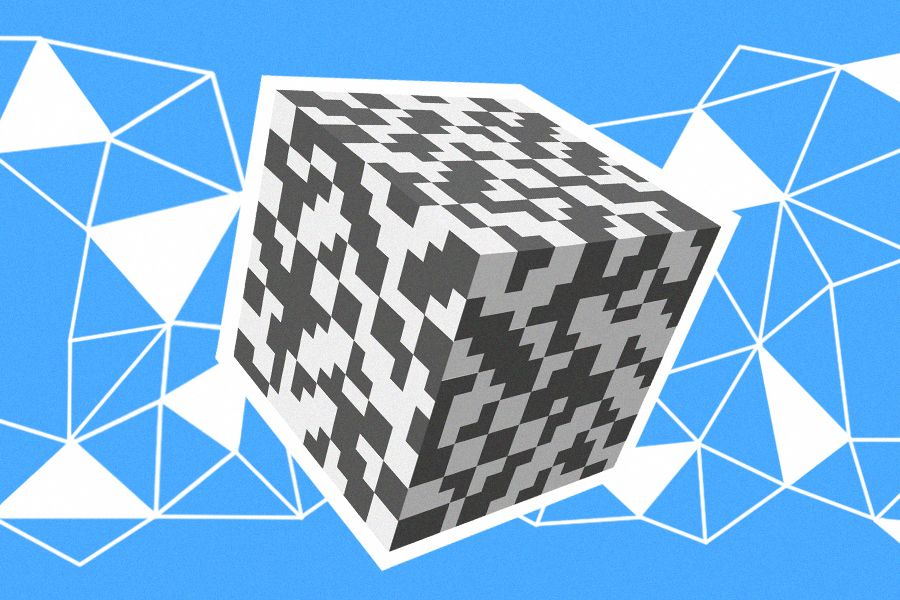AI in Gaming: Getting it Right with Copyright
The gaming industry has always been at the forefront of technological innovation, and artificial intelligence (AI) is no exception. AI is reshaping game development in exciting (and legally complex) ways. But as AI tools become more integrated into game creation, a new and complex question arises: who actually owns AI-generated content?
What is AI-Generated Content in Games?
Before we dive into the question of who owns the copyright, let’s dive into what AI-generated content refers to. This refers to anything created by an AI algorithm, rather than by a human directly. In the context of game development and distribution, this can include art assets, music and sound effects, dialogue and scripts, levels and environments, character designs. These can be assets created for game production, live-ops or for marketing purposes.
AI Tools are often used to streamline development and enhance creativity. But as AI begins to generate more substantial and creative content, the line between tool and creator can become blurry.
The Copyright Conundrum
Traditionally, copyright law protects works created by human authors. However, when AI plays a role in content creation, things get complicated.
In the U.S., the Copyright Office has made it clear that purely AI-generated works cannot receive copyright protection; only human-created works qualify. That means if an AI algorithm designs a sword, composes an original soundtrack, or generates a dynamic cutscene with no human intervention, that content may not be eligible for copyright.
While fully AI-generated content raises complex legal questions, AI-assisted work adds another layer of uncertainty. What happens when humans provide input, direction, or edits to AI-generated material? This is the legal gray area the gaming industry is currently navigating. For example, if a developer uses AI to generate concept art and then manually refines it, does that developer own the final piece?
Courts and regulators are still debating the specifics. Most experts agree that substantial human contribution is required to claim ownership, but the question of what qualifies as a “substantial human contribution” is still unclear and lacks a precise legal definition.
The Legal Landscape: What do we already know?
As with so many technological advancements, the Legislation sometimes lags behind. But steps have started to be taken, slowly, but they’re gaining traction. Here’s a quick look at current legal trends:
United States:
The U.S. Copyright Office affirmed that AI-generated content without human involvement is not eligible for copyright. However, works with “meaningful human input” may qualify.
In January 2025 the U.S. Copyright Office released a report which again emphasizes that content entirely generated by AI cannot be protected by copyright. The Office also concluded that prompts in themselves do not provide sufficient human expression to become author of the output.
So, then, what can be copyrighted in the U.S.?
- Using AI as a tool to assist in the creation of works - for example, using AI to create a moodboard for a certain character or using tools to refine certain works. Using AI in this way should not affect the copyrightability of the final asset, since the final result reflects human judgment, style, or expression.
- Substantial editing or modification of AI-generated content (beyond minor tweaks), for example, a game artist uses AI to generate a cityscape, then extensively repaints and customizes it to match the game's story and visual style, showing clear human creativity and authorship.
- Modifying or Arranging AI-Generated Content - selecting, arranging, or combining AI outputs in a creative way. For example, a game designer uses AI to create assets like forests and ruins, then selects, edits, and arranges them to build a game level that fits the story’s mood. The creative choices in layout and atmosphere reflect human authorship.
European Union:
Most EU states agree that current copyright principles adequately address copyright eligibility and there is no need for new or additional protection (according to EU Council Report, 2025). Most EU countries take the view that AI generated content can be copyrightable only if the human input in the creative process was significant.
United Kingdom:
The UK Intellectual Property Office is currently exploring new policies around AI-assisted works and whether AI-generated content should receive special protections.
While key jurisdictions like the U.S., EU, and UK agree that human authorship is central to copyright protection, the legal landscape surrounding AI-generated content is still evolving and views are still being formed. AI tools are as diverse as the people using them, which means the legal implications are full of nuance. Clear-cut answers are rare, for now, so creators and developers should be prepared to navigate a landscape that’s still evolving.
How Game Developers Can Stay Ahead
1. Clearly Define AI Policies: Studios should define clear and specific policies on how AI can be used for game creation. This helps to ensure that human input is substantial enough to claim copyright ownership.
2. Document AI Use: Keep detailed records of how AI is used throughout the content creation process. This transparency supports legal defensibility and demonstrates where and how human authorship is involved.
3. Contracts with Third parties: Game developers must also ensure that contracts with external providers (e.g., freelancers, vendors, AI service platforms) explicitly address the use of AI-generated content, authorship rights, and liability—helping to avoid ambiguity or future disputes.
4. Stay Informed on Copyright Law: As regulations shift (as they say, shift happens), game companies should work closely with legal teams to ensure protection of IP and avoid intellectual property disputes. Ultimately, we’re here to facilitate safe adoption, rather than be a barrier to usage.
5. Foster Cross-Functional Collaboration: Encourage ongoing dialogue between legal, creative, and technical teams. Understanding each other’s goals and constraints is key to leveraging AI effectively while safeguarding the studio’s creative assets.
The Future of AI & Gaming IP
AI in gaming isn’t going anywhere, and it’s only getting more advanced. As they say, adapt or get left behind. The real question isn’t whether AI will be used, but how to balance creativity, ownership, and legal rights in this new landscape. At Plarium, we’re keeping a close eye on these developments to ensure that as technology evolves, so does the way we protect creative work.
Sources & References:
- U.S. Copyright Office, Policy Statement on AI-Generated Works, 2023
- U.S. Copyright Office, Copyright and Artificial Intelligence Part 2: Copyrightability, 2025
- UK Intellectual Property Office, AI and Intellectual Property Report, 2024



